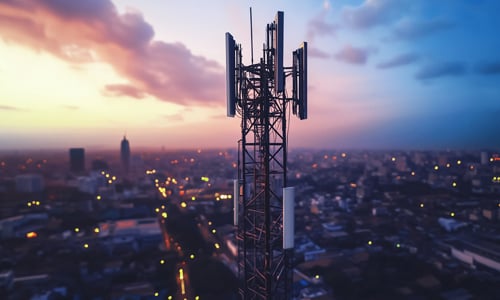Antennas are more powerful, but what about the foundation?
Throughout history, and even in the recent past, many structures have not survived the test of time, regardless of how well they were built above ground. There is one very good reason for this: the foundation was not optimal. A well-known example of this is the Leaning Tower of Pisa in Italy. This monument and today’s telecommunications equipment have something in common.
From 3G to 4G… from LTE to LTE-Advanced… the ever-growing need for bandwidth is leading to more complex and more versatile above-ground infrastructures. However, the fact remains that most of this data is being sent to the antennas through fiber optics. This is the foundation. Wireless depends on wireline; a weak wireline foundation will lead to an unreliable wireless infrastructure.
Several studies have shown that approximately 80% of fiber-optic network failure comes from connector-related issues. Loss is the single greatest challenge that the fiber-to-the-antenna (FTTA) infrastructure must overcome. For this reason, advances in wireless technology will require extra attention, and changes to deployment best practices are to be expected. Inspecting connector endfaces, checking for loss as well as locating and correcting any faults present will become de facto tasks.
Given the high bandwidth proposed by LTE-A, the fiber infrastructure will have to be qualified not only for loss, but for its capacity to transmit at high bit rates. Will the fiber be able to carry that capacity, whether it is transmitted in TDM, CWDM or DWDM?
Indeed, the trend in wireless is to offer better coverage and more bandwidth, but the impacts on the wireline infrastructure are real and will need to be addressed.




